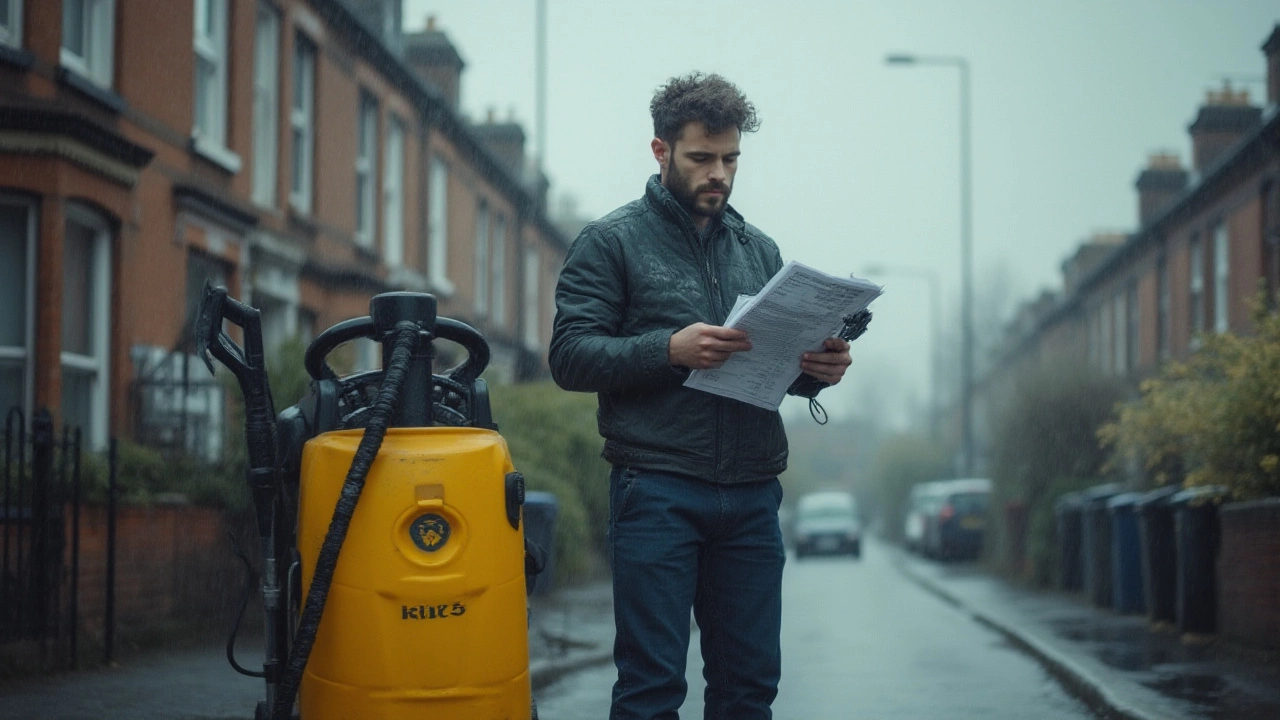Cons of Pressure Washing: What Can Go Wrong and How to Avoid It
Pressure washers feel like a magic wand – you point, spray, and grime disappears. But that power can bite back if you’re not careful. Below are the most common downsides and simple ways to keep them from turning your project into a headache.
Damage to Surfaces
Too much pressure on the wrong material can strip paint, chip wood, or crack concrete. Even a sturdy brick wall can lose mortar if the jet is too close. The rule of thumb? Start low, check the result, then step up only if needed. A 1500‑psi gun is plenty for most house siding; you only need 3000‑psi for stubborn concrete driveways.
Soft surfaces like vinyl siding, stucco, or older painted wood are especially vulnerable. Aim the wand at a shallow angle and keep it at least 12‑18 inches away. If you see paint bubbling or wood fibers lifting, stop right away and lower the pressure.
Another hidden problem is water infiltration. High‑pressure streams can force water behind walls, leading to mold later on. When you work near windows, doors, or roof edges, seal those gaps with tape or a temporary barrier before you spray.
Environmental and Safety Risks
Pressure washing uses a lot of water, and if you’re not collecting runoff, you could waste gallons and pollute nearby soil. Use a hose with a shut‑off valve, and try to direct the water into a drain or a bucket for reuse. Some cleaners contain chemicals that can harm plants; opt for biodegradable soaps or just plain water whenever possible.
Safety is another big concern. The force can bounce back and injure you if the nozzle hits a hard spot. Always wear goggles, gloves, and sturdy shoes. Keep children and pets well away – the spray can knock them down or cause eye injuries.
Lastly, remember that not every job needs a pressure washer. A garden hose with a scrub brush often does the trick on decks or patio tiles. Saving the high‑pressure gun for truly tough grime saves money, water, and effort.
By starting with low pressure, protecting vulnerable areas, managing water runoff, and using proper safety gear, you can dodge the most common cons of pressure washing. Keep these tips in mind, and you’ll get a clean surface without the costly side effects.

Biggest Downsides of Starting a Pressure Washing Business in 2025
Discover unexpected challenges and hard truths about launching a pressure washing business, from high costs to tough competition.
Read More